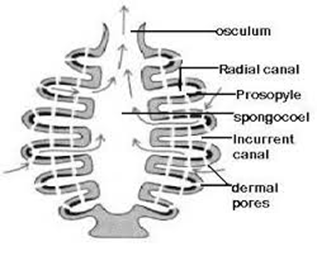Hemophilia - A Genetic Disorder : Biology Blog
Hemophilia
With haemophilia, a hereditary condition, blood continues to ooze after a minor injury, a seizure, or even after you pull out your tooth. This happens as a result of the body's lack of a blood clotting factor. Internal bleeding that affects the body's major organs, such as the brain, muscles, or joints, can occasionally occur. This type of bleeding is more serious.
When we are harmed, our blood typically oozes out for a while before coagulation forms to prevent more bleeding. This is made possible by the body's 8th and 9th blood clotting factors, which regulate bleeding. If these factors are missing or absent, this condition develops.
Symptoms- The symptoms of this disease may vary depending upon the level of the clotting factor.
 Types Of hemophilia - There are two types of hemophilia - hemophilia A and hemophilia B.
Types Of hemophilia - There are two types of hemophilia - hemophilia A and hemophilia B.The gene F8, which also gives instructions for producing blood clotting factor 8, is absent or mutated in haemophilia A, which leads to the disease. Haemophilia B is brought on by mutations in gene 9 that provide instructions for producing blood clotting factor 9th later ( also known as Christmas factor ). Together, these two genes support the blood clotting process.
Inheritance pattern - The problematic gene is frequently found on the X chromosomes in common situations. We are aware that each person inherits one set of sex chromosomes from their father and mother. Males inherit one X and one Y chromosome from their parents, respectively. The mother gave each female one chromosome, while the father gave each female an X chromosome.
This indicates that this illness only affects men and is always passed from mother to son. Women act as the disease's carriers.
Risk Factor - family history is the biggest risk factor for the inheritance of this disease.
Acquired Haemophilia - Although 30% of people with haemophilia do not have a family history of the condition, the ailment typically develops as a result of pattern inheritance.
A uncommon illness called acquired haemophilia causes the body's autoimmune system to become active and kill the cells that produce blood clotting factors. It may be related to multiple sclerosis, cancer, or pregnancy.
🔗 Top Internal Links on Biology Blog
| Topic | Link |
|---|---|
| Types of Muscles: Structure, Proteins, and Functions | Read Now |
| What is Pollination? Types and Mechanism | Read Now |
| Short Notes on Anatomy of Cockroach | Read Now |
| Why Are Living Organisms Classified? | Read Now |
| 7-Celled 8-Nucleate Structure Ovule With Labelled Diagram | Read Now |




Comments
Post a Comment